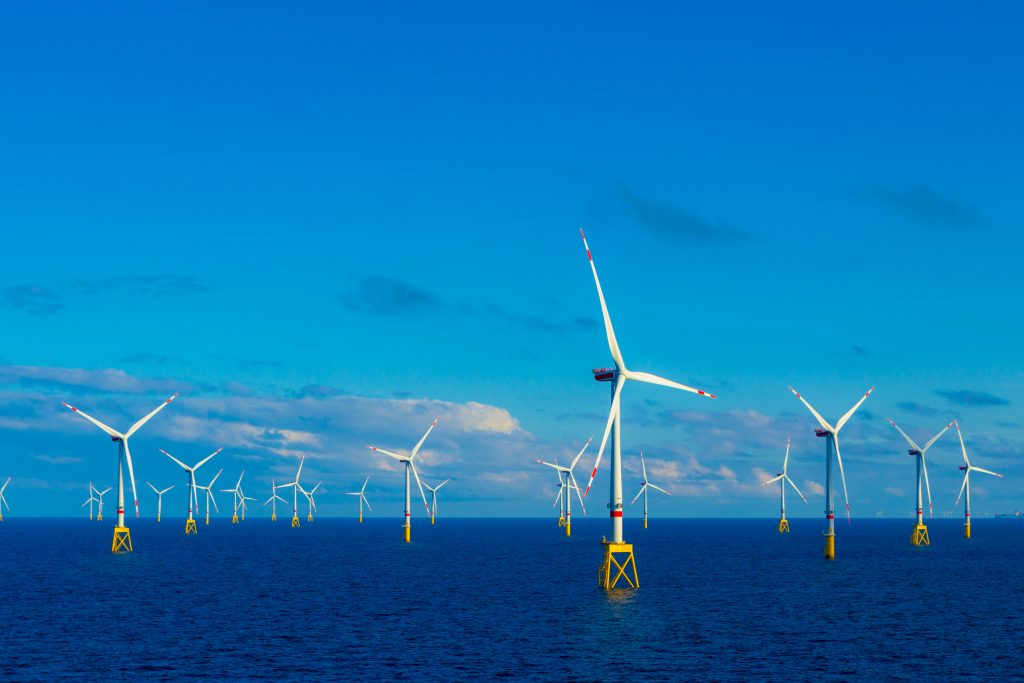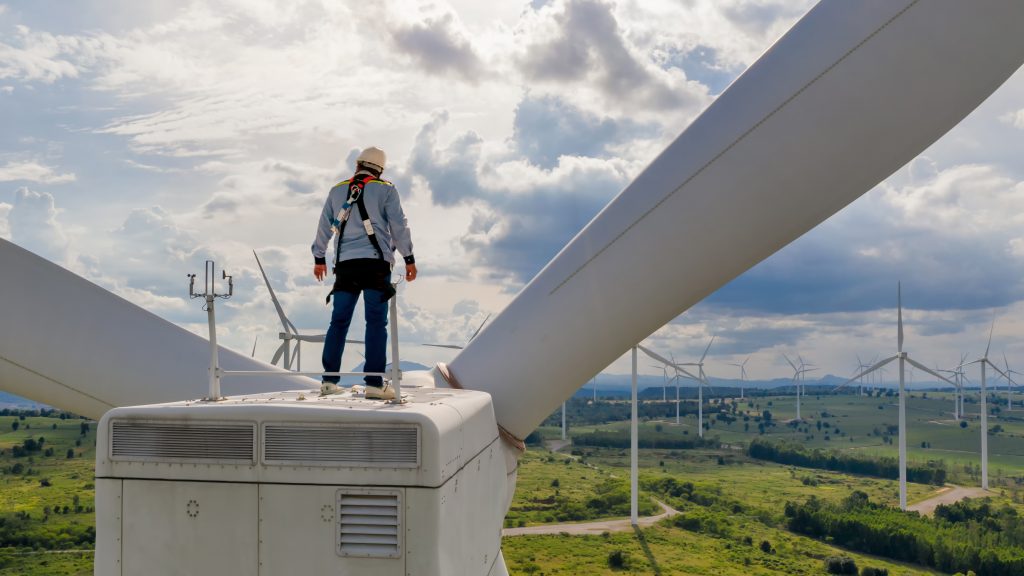Renewable energy has been gaining momentum in recent years as a viable alternative to traditional fossil fuels. From solar and wind power to hydro and geothermal energy, more and more countries are turning to renewable sources to meet their energy needs. The use of renewable energy has been growing at a rapid pace, and many experts believe we are experiencing a renewable energy boom.
The current state of renewable energy can be seen in the increasing percentage of renewable energy in the global-energy mix.
What does this mean? It means we are indeed facing a renewable energy boom, and the increasing demand for renewable energy, cost decreases, government incentives, and environmental concerns are the main drivers of this boom. What is the impact of this boom on the economy, and what does it mean for the future?

The Growth of Renewable Energy
The growth of renewable energy can be seen in the increasing amount of renewable energy being produced and used around the world. According to the International Energy Agency (IEA), renewable energy made up 26 percent of the global power generation mix in 2020.
This means 26 percent of the energy used to power homes, businesses, and factories came from renewable sources such as solar and wind power. This is an increase from 24 percent in 2019. The IEA also predicts the use of renewable energy will continue to grow, reaching 30 percent by 2025 and 35 percent by 2030.
There are several factors driving this growth in renewable energy. One of the main factors is renewable energy is becoming less expensive to produce. This is especially true for solar and wind energy. As technology improves and economies of scale are achieved, it becomes cheaper to produce and install solar panels and wind turbines.
Another factor driving the growth of renewable energy is government incentives. Many governments around the world are offering financial incentives to encourage the use of renewable energy. This can include tax breaks, subsidies, and other financial incentives.
Finally, environmental concerns are also playing a role in the growth of renewable energy. Climate change and air pollution are serious concerns, and many people and organizations are choosing to use renewable energy as a way to reduce their carbon footprint and help the environment.
The Impact of Renewable Energy on the Economy
The growth of renewable energy is having a positive impact on the economy. One of the main benefits is job creation. The installation and maintenance of renewable energy systems, such as solar panels and wind turbines, creates jobs in engineering, construction, and manufacturing. Furthermore, the development of renewable energy sources can also lead to regional economic development, as it can attract investment and create jobs in areas where renewable energy is being produced.
In addition to job creation, renewable energy can also lead to economic growth. As more renewable energy is produced, it can help reduce the cost of energy, which can in turn lead to increased economic activity. This can be especially beneficial for businesses and industries that are energy-intensive.
Another factor driving the growth of renewable energy is government incentives. Many governments are offering financial incentives to encourage the use of renewable energy. This can include tax breaks, subsidies, and other financial incentives. For example, in Missouri, there are several solar incentives available for residents and businesses to install these systems, such as a state tax credit, grants, and net metering policies. Also, in Germany, the government provides feed-in tariffs for wind energy, which guarantee a fixed price for electricity generated by wind power; this has been a key factor in the country’s success in developing wind energy.

While there are many economic benefits to renewable energy, there are also potential challenges. One of the main challenges is the need for investment in infrastructure. To meet the growing demand for renewable energy, significant investments in new renewable energy systems and infrastructure will be required. This can be a significant cost, especially for countries and regions just starting to develop their renewable-energy systems.
Another potential challenge is the impact on traditional energy industries. As renewable energy grows, it can lead to a decline in demand for fossil fuels and nuclear energy. This can have a negative impact on industries heavily dependent on these energy sources.
The impact of renewable energy on the economy is mostly positive, but it is important to keep in mind the need for investment in new infrastructure and the potential impact on traditional energy industries. Also, government incentives play a major role in promoting the use of renewable energy and it varies from country-to-country and state-to-state.
The Future of Renewable Energy
The future of renewable energy is bright, with many advances in technology and research taking place. One of the most promising areas of research is in the field of energy storage.
As renewable energy sources such as solar and wind are intermittent, energy storage systems are needed to ensure a stable and reliable energy supply. Advancements in battery technology, such as the development of lithium-ion batteries, have made energy storage more efficient and cost-effective. Another area of research that holds promise is the development of new renewable energy sources. For example, researchers are working on developing new ways to harness the power of the ocean, such as wave and tidal energy. Additionally, advances in bioenergy, using biomass, are being made to produce electricity, heat, and biofuels.
Overall, the future of renewable energy is promising, with many new technologies and research developments taking place that will help to make renewable energy even more efficient, cost-effective, and reliable.
The use of renewable energy is expected to keep increasing. Furthermore, many countries are committing to achieve net-zero emissions by the middle of this century, which means a significant increase in renewable energy is required to reach this goal. This will also lead to a greater demand for energy storage systems, which will be crucial to make renewable energy reliable and more accessible.
Conclusion
We have seen that the use of renewable energy is increasing globally, driven by a combination of decreasing costs, government incentives, and increasing concern for the environment. The impact of renewable energy on the economy has been mostly positive, with job creation and economic growth being some of the main benefits. However, there are also potential challenges such as the need for investment in new infrastructure and the potential impact on traditional energy industries.
The future of renewable energy is bright, with many new technologies and research developments taking place that will help to make renewable energy even more efficient, cost-effective, and reliable. Governments play a crucial role in promoting the use of renewable energy, and different incentives and regulations are in place in various countries and states.
The renewable energy boom is a positive development that has the potential to bring many benefits to the economy and environment. It is important to continue to support the growth of renewable energy and invest in new technologies to ensure a sustainable and reliable energy future.



























